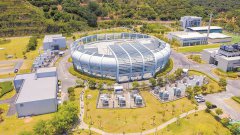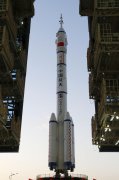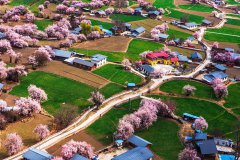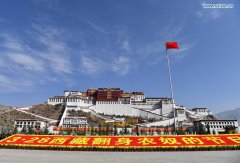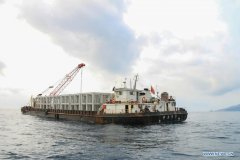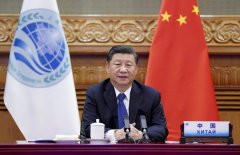Home>>
Tibet makes great strides in 70 years after peaceful liberation(Xinhua) 08:20, May 24, 2021
-- Since 1951, the people of Tibet have broken free from the fetters of invading imperialism for good, and embarked on a bright road of unity, progress and development with all the other ethnic groups in China.
-- With regional ethnic autonomy established and through the socialist transformation of agriculture and animal husbandry, Tibet embarked on the road of socialism.
-- Over the past 70 years, the central government has introduced many favorable policies for the region, covering tax and finance, infrastructure, industrial development, education, health, cultural preservation and environmental protection.
LHASA, May 23 (Xinhua) -- Dodramog, 86, was born a serf in present-day Shigatse, southwest China's Tibet Autonomous Region. In his eyes, there were only three kinds of days in old Tibet.
He said he had been trapped in an endless circle -- one day serving his lord without pay, one day working for more fortunate serfs to fill his stomach, one day farming on land rented from his lord, and then starting all over again.
"At the end of the year, I hardly had any highland barley left for myself after paying the rent and repaying the grain borrowed in the previous year," he said, adding that he also had to pay all kinds of taxes to the lords.
Now, 70 years after the peaceful liberation of Tibet, Dodramog and other Tibetans are living much better lives as the region has made unprecedented strides in social and economic development, and pushed for the well-rounded development of the people.
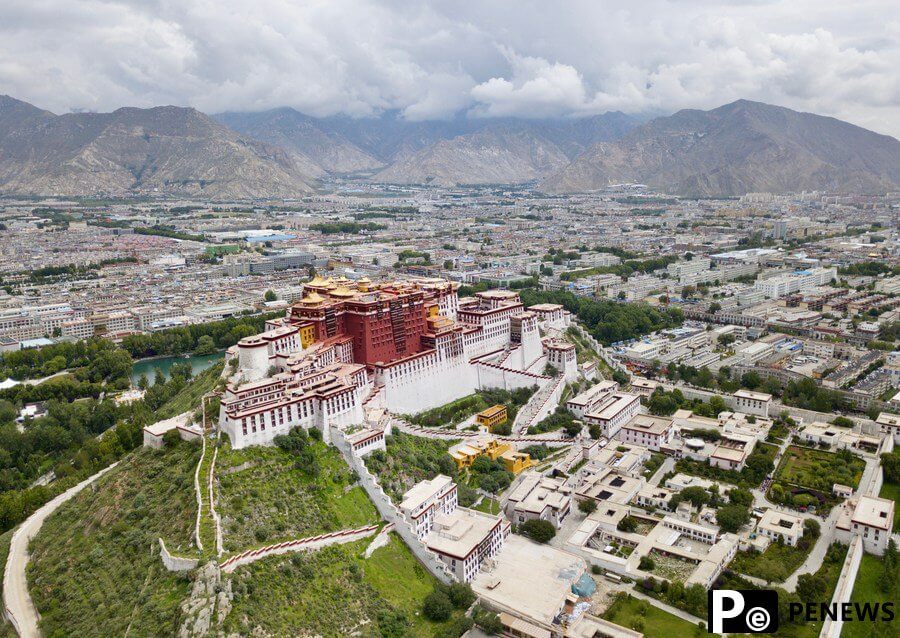
Aerial photo taken on Aug. 10, 2019 shows the Potala Palace in Lhasa, southwest China's Tibet Autonomous Region. (Xinhua/Li Xin)
FROM SERFDOM TO SOCIALISM
In old Tibet, the three major stakeholders -- officials, aristocrats and higher-ranking lamas -- and their agents, made up about 5 percent of the population but owned almost all of the land, pastures, forests, mountains, rivers and flood plains, and most of the livestock.
Serfs and slaves, who accounted for 95 percent of the local population, had no means of production or freedom of their own.
On May 23, 1951, the 17-Article Agreement was signed by the central government and the local government of Tibet on the peaceful liberation of Tibet.
Since that date, the people of Tibet have broken free from the fetters of invading imperialism for good, and embarked on a bright road of unity, progress and development with all the other ethnic groups in China.
In March 1959, democratic reform was launched in Tibet and feudal serfdom was finally abolished. In September 1965, the First Session of the First People's Congress of Tibet was convened, proclaiming the founding of the Tibet Autonomous Region.
With regional ethnic autonomy established and through the socialist transformation of agriculture and animal husbandry, Tibet embarked on the road of socialism.
During the democratic reform, Dodramog received his share of land as well as beef and mutton. "I never dreamed that I would one day get so much land of my own."
Now, Dodramog and his three sons own 50 mu (about 3.33 hectares) of arable land, and their annual income exceeds 200,000 yuan (about 31,000 U.S. dollars).
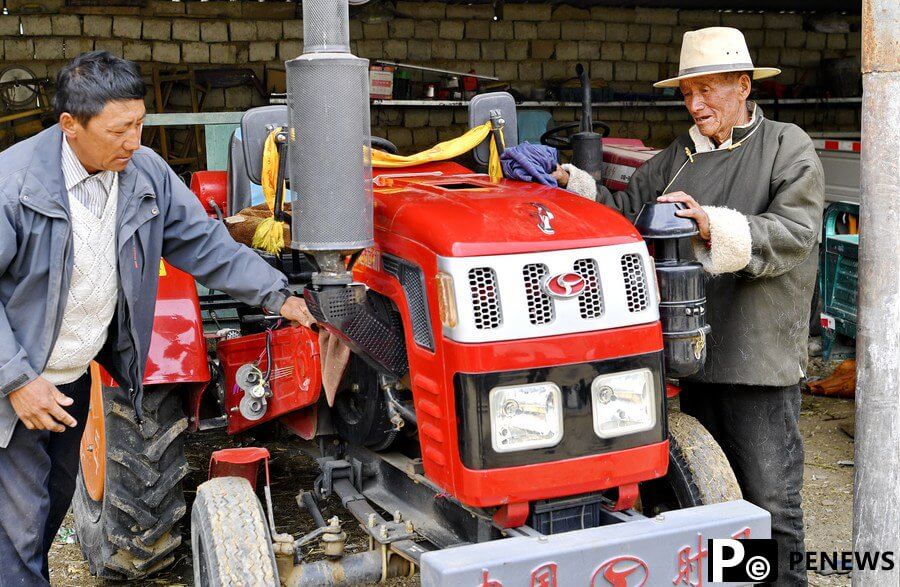
Dodramog (R) cleans his tractor in Shigatse, southwest China's Tibet Autonomous Region, March 20, 2021. (Xinhua/Zhang Rufeng)
UNPRECEDENTED SOCIOECONOMIC FEATS
"In New China, all undertakings in Tibet have seen unprecedented development and progress," said Qin Yongzhang, a researcher at the Chinese Academy of Social Sciences.
Since 1978, the Communist Party of China Central Committee has held seven national meetings on Tibet to make major decisions and plans for the region.
Thanks to the leadership of the central government and strong support from the rest of China, Tibet is catching up with other parts of the country in various endeavors.
Over the past 70 years, the central government has introduced many favorable policies for the region, covering tax and finance, infrastructure, industrial development, education, health, cultural preservation and environmental protection.
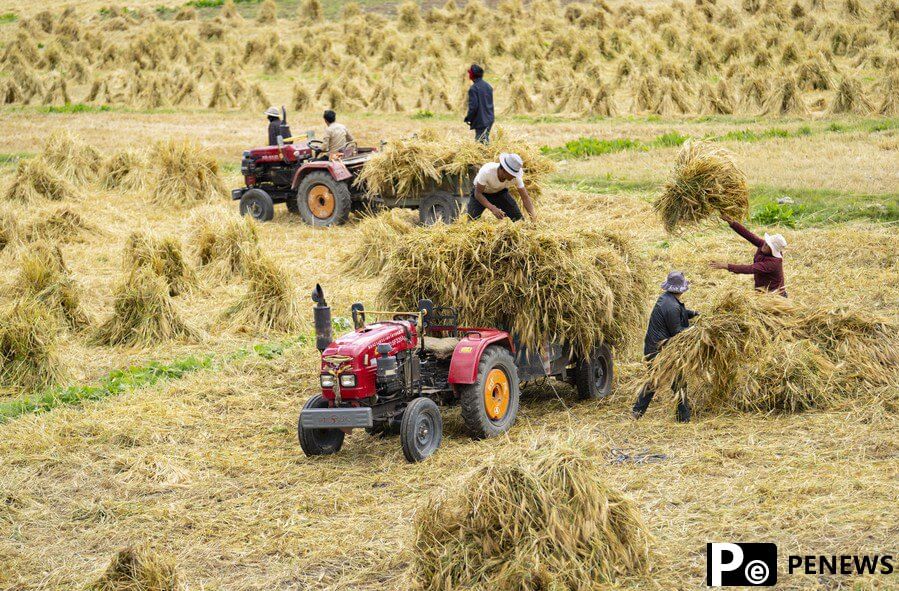
Farmers harvest highland barley in Kangsar Village, Qamdo City of southwest China's Tibet Autonomous Region, Sept. 10, 2020. (Xinhua/Purbu Zhaxi)
In 1951, Tibet's regional GDP was approximately 129 million yuan. Last year, its GDP exceeded 190 billion yuan.
Since its peaceful liberation, the region has gradually established a comprehensive transport network of highways, railways, air routes and pipelines. Highways totaling 118,800 km in length have been built in Tibet.
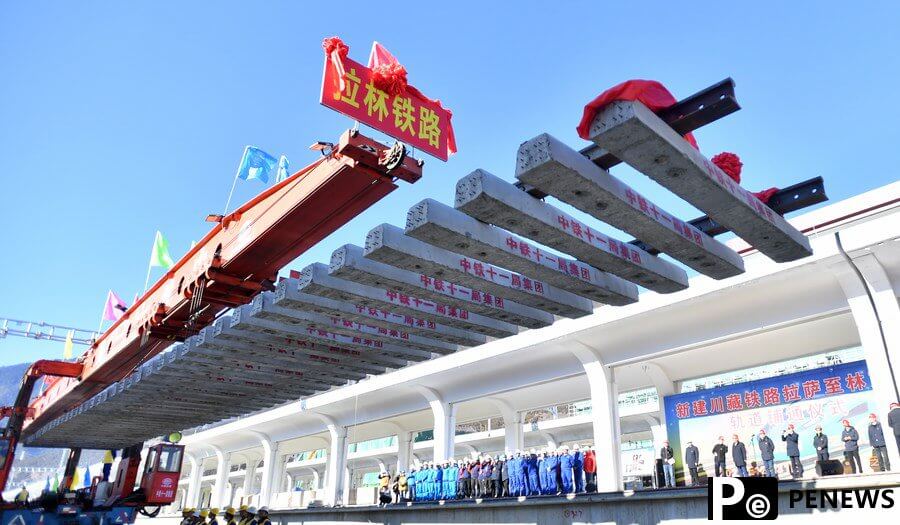
Photo taken on Dec. 31, 2020 shows the completion of track-laying of Lhasa-Nyingchi section of the Sichuan-Tibet Railway in southwest China's Tibet Autonomous Region. (Xinhua/Chogo)
